With one of the lowest calling rates in the world, people don’t have an incentive high enough to use internet to make phone calls. Moreover, the network quality isn’t conducive to use internet telephony.
Net Neutrality simply means access to all the content over the internet without blocking or favouring any particular website.
It means that the internet traffic should be treated equally, without any bias or prejudice.
Three demands of net neutrality
Debate
Openness is the base for the growth of internet & vital for the innovations over the internet.
Internet is supposed to be free and equal access to one and all. However, with messenger apps like WhatsApp, eating into revenues of SMS services of telecom companies like Airtel and Vodafone, companies are livid, naturally.
Net Neutrality
What the debate is all about?
Some key numbers:
- Mobile internet penetration in India is 20%, predominantly 2G
- Global annual SMS traffic in 2013 was 8.16 trillion
- User base of app-based messaging services has grown over 1 billion
- Data usage growth at over 65% from October 2013 to December 2014
- Data revenue will reach 32% by 2015 versus 14% in 2010
- One minute voice call is around 50 paise vs 4 paise on the internet
- Average voice call is 2 minutes while internet call is 12 minutes
- Average revenue for SMS is 16 paise versus 1 paise for app-based text
What the telecom companies want?
Telecom Regulatory Authority of India (TRAI) says, “There is a demand for “fast lane” internet in certain sectors; this enables content providers to ensure priority delivery of their content.”
What this means is websites who pay a service provider (like Airtel and Vodafone) will have their websites load faster on your computer or phones as compared to the others who don’t pay.
Imagine, is Flipkart pays Airtel to create a “fast lane” for its website or phone app, would you shop on any other e-commerce site as the site will load slowly on your phone or computer? This is seen as discrimination against companies, especially start-ups.
What are these OTT (over-the-top) services?
Over-the-top content or over-the-top services are the many “ apps” that you use on your smartphone.
These app use the 2G, 3G, etc provided by your mobile network. For e.g: whatsApp, Skype, etc.
So, over the top services are those services which need your phone network or WiFi to work.
Telecom companies have a grudge that these apps are now providing services like calling and texting, services which were their bread and butter revenues.
These over the top applications (apps) are basically of three types
1. Messaging and voice services ( communication applications eg whatsapp).
2. Application ecosystems (social networking eg amazon).
3. Video and Audio content ( entertainment eg. YouTube).
Do these apps really impact revenues of your network provider?
Yes and no.
Of course revenues earned by telecom companies from SMSes are going down because of services like WhatsApp, etc. But in a competition, that is supposed to happen. WhatsApp provides texting services that is far superior and richer than a traditional text message. Although Hike messenger, which is run by Kavin Bharti Mittal (Founder and CEO, Hike App), son of Bharti Enterprises' Sunil Mittal is in direct competition with WhatsApp, remember?
Moreoever, Hike got its first funding from Bharti Softbank in April 2013 of $7 million. Bharti Softbank, in April 2014, again invested $14 million in Hike App. Then, a funding of $65 million led by Tiger Global and Bharti Softbank in August 2014.
Bharti Softbank is a joint venture between Bharti Enterprises and SoftbankCorp.
TRAI says that in 2013, Skype’s traffic was 40% of the total voice call market of telecom companies globally.
But the situation in India is different. With one of the lowest calling rates in the world, people don’t have an incentive high enough to use internet to make phone calls. Moreover, the network quality isn’t conducive to use internet telephony.
Also, mobile internet penetration in India is a mere 20%, that too predominantly on 2G.
Text messages, in 2013, stood at 8.16 trillion as against a whopping 18.3 trillion through apps like WhatsApp, Line, Facebook Messenger, etc.
WhatsApp, (as on December 2014) had 70 million users in India and Hike Messenger (from Airtel) had 35 million.
But to use these services, consumers need internet access on their phone.
TRAI, itself says, “The trends in increased data usage show that mobile operators are also benefitting from the popularity of OTT (apps) services.
For Airtel alone, mobile data revenues rose from 6.5% in last three months of fiscal 2013 to 16.2% in third quarter of fiscal 2015. Mobile data revenue for the company grew by nearly 75% in the third quarter of fiscal 2015 as against the same three months of the previous year!
Data usage in India has increased 65% from October 2013 to December 2014.
Data revenue has nearly doubled from June 2013 (Rs 3058 crore) to September 2014 (Rs 5910 crore).
So, while the average revenue that an SMS earns for a telecom company is 16 paise as against 1 paise for the same text to be sent via a WhatsApp, but the ability to send pictures, videos, attachments, etc make the consumer use more data and hence end up sending more messages, or more data.
![submenu-img]() MBOSE 12th Result 2024: HSSLC Meghalaya Board 12th result declared, direct link here
MBOSE 12th Result 2024: HSSLC Meghalaya Board 12th result declared, direct link here![submenu-img]() Apple iPhone 14 at ‘lowest price ever’ in Flipkart sale, available at just Rs 10499 after Rs 48500 discount
Apple iPhone 14 at ‘lowest price ever’ in Flipkart sale, available at just Rs 10499 after Rs 48500 discount![submenu-img]() Meet man who left high-paying job, built Rs 2000 crore business, moved to village due to…
Meet man who left high-paying job, built Rs 2000 crore business, moved to village due to…![submenu-img]() Meet star, who grew up poor, identity was kept hidden from public, thought about suicide; later became richest...
Meet star, who grew up poor, identity was kept hidden from public, thought about suicide; later became richest...![submenu-img]() Watch: Ranbir Kapoor recalls 'disturbing' memory from his childhood in throwback viral video, says 'I was four years...'
Watch: Ranbir Kapoor recalls 'disturbing' memory from his childhood in throwback viral video, says 'I was four years...'![submenu-img]() DNA Verified: Is CAA an anti-Muslim law? Centre terms news report as 'misleading'
DNA Verified: Is CAA an anti-Muslim law? Centre terms news report as 'misleading'![submenu-img]() DNA Verified: Lok Sabha Elections 2024 to be held on April 19? Know truth behind viral message
DNA Verified: Lok Sabha Elections 2024 to be held on April 19? Know truth behind viral message![submenu-img]() DNA Verified: Modi govt giving students free laptops under 'One Student One Laptop' scheme? Know truth here
DNA Verified: Modi govt giving students free laptops under 'One Student One Laptop' scheme? Know truth here![submenu-img]() DNA Verified: Shah Rukh Khan denies reports of his role in release of India's naval officers from Qatar
DNA Verified: Shah Rukh Khan denies reports of his role in release of India's naval officers from Qatar![submenu-img]() DNA Verified: Is govt providing Rs 1.6 lakh benefit to girls under PM Ladli Laxmi Yojana? Know truth
DNA Verified: Is govt providing Rs 1.6 lakh benefit to girls under PM Ladli Laxmi Yojana? Know truth![submenu-img]() Alia Bhatt wears elegant saree made by 163 people over 1965 hours to Met Gala 2024, fans call her ‘princess Jasmine’
Alia Bhatt wears elegant saree made by 163 people over 1965 hours to Met Gala 2024, fans call her ‘princess Jasmine’![submenu-img]() Jr NTR-Lakshmi Pranathi's 13th wedding anniversary: Here's how strangers became soulmates
Jr NTR-Lakshmi Pranathi's 13th wedding anniversary: Here's how strangers became soulmates![submenu-img]() Streaming This Week: Heeramandi, Shaitaan, Manjummel Boys, latest OTT releases to binge-watch
Streaming This Week: Heeramandi, Shaitaan, Manjummel Boys, latest OTT releases to binge-watch![submenu-img]() Remember Ayesha Kapur? Michelle from Black, here's how actress, nutrition coach, entrepreneur looks after 19 years
Remember Ayesha Kapur? Michelle from Black, here's how actress, nutrition coach, entrepreneur looks after 19 years![submenu-img]() Remember Heyy Babyy's cute 'Angel' Juanna Sanghvi? 20 year-old looks unrecognisable now, fans say 'her comeback will...'
Remember Heyy Babyy's cute 'Angel' Juanna Sanghvi? 20 year-old looks unrecognisable now, fans say 'her comeback will...'![submenu-img]() Haryana Political Crisis: Will 3 independent MLAs support withdrawal impact the present Nayab Saini led-BJP government?
Haryana Political Crisis: Will 3 independent MLAs support withdrawal impact the present Nayab Saini led-BJP government?![submenu-img]() DNA Explainer: Why Harvey Weinstein's rape conviction was overturned, will beleaguered Hollywood mogul get out of jail?
DNA Explainer: Why Harvey Weinstein's rape conviction was overturned, will beleaguered Hollywood mogul get out of jail?![submenu-img]() What is inheritance tax?
What is inheritance tax?![submenu-img]() DNA Explainer: What is cloud seeding which is blamed for wreaking havoc in Dubai?
DNA Explainer: What is cloud seeding which is blamed for wreaking havoc in Dubai?![submenu-img]() DNA Explainer: What is Israel's Arrow-3 defence system used to intercept Iran's missile attack?
DNA Explainer: What is Israel's Arrow-3 defence system used to intercept Iran's missile attack?![submenu-img]() Meet star, who grew up poor, identity was kept hidden from public, thought about suicide; later became richest...
Meet star, who grew up poor, identity was kept hidden from public, thought about suicide; later became richest...![submenu-img]() Watch: Ranbir Kapoor recalls 'disturbing' memory from his childhood in throwback viral video, says 'I was four years...'
Watch: Ranbir Kapoor recalls 'disturbing' memory from his childhood in throwback viral video, says 'I was four years...'![submenu-img]() This superstar was in love with Muslim actress, was about to marry her, relationship ruined after death threats from..
This superstar was in love with Muslim actress, was about to marry her, relationship ruined after death threats from..![submenu-img]() Meet Madhuri Dixit’s lookalike, who worked with Akshay Kumar, Govinda, quit films at peak of career, is married to…
Meet Madhuri Dixit’s lookalike, who worked with Akshay Kumar, Govinda, quit films at peak of career, is married to… ![submenu-img]() Meet former beauty queen who competed with Aishwarya, made debut with a superstar, quit acting to become monk, is now..
Meet former beauty queen who competed with Aishwarya, made debut with a superstar, quit acting to become monk, is now..![submenu-img]() IPL 2024: Jake Fraser-McGurk, Abishek Porel power DC to 20-run win over RR
IPL 2024: Jake Fraser-McGurk, Abishek Porel power DC to 20-run win over RR![submenu-img]() SRH vs LSG, IPL 2024: Predicted playing XI, live streaming details, weather and pitch report
SRH vs LSG, IPL 2024: Predicted playing XI, live streaming details, weather and pitch report![submenu-img]() IPL 2024: Here’s why CSK star MS Dhoni batted at No.9 against PBKS
IPL 2024: Here’s why CSK star MS Dhoni batted at No.9 against PBKS![submenu-img]() SRH vs LSG IPL 2024 Dream11 prediction: Fantasy cricket tips for Sunrisers Hyderabad vs Lucknow Super Giants
SRH vs LSG IPL 2024 Dream11 prediction: Fantasy cricket tips for Sunrisers Hyderabad vs Lucknow Super Giants![submenu-img]() Watch: Kuldeep Yadav, Yuzvendra Chahal team up for hilarious RR meme, video goes viral
Watch: Kuldeep Yadav, Yuzvendra Chahal team up for hilarious RR meme, video goes viral![submenu-img]() Not Alia Bhatt or Isha Ambani but this Indian CEO made heads turn at Met Gala 2024, she is from...
Not Alia Bhatt or Isha Ambani but this Indian CEO made heads turn at Met Gala 2024, she is from...![submenu-img]() Man makes Lord Hanuman co-litigant in plea, Delhi High Court asks him to pay Rs 100000…
Man makes Lord Hanuman co-litigant in plea, Delhi High Court asks him to pay Rs 100000…![submenu-img]() Four big dangerous asteroids coming toward Earth, but the good news is…
Four big dangerous asteroids coming toward Earth, but the good news is…![submenu-img]() Isha Ambani's Met Gala 2024 saree gown was created in over 10,000 hours, see pics
Isha Ambani's Met Gala 2024 saree gown was created in over 10,000 hours, see pics![submenu-img]() Indian-origin man says Apple CEO Tim Cook pushed him...
Indian-origin man says Apple CEO Tim Cook pushed him...


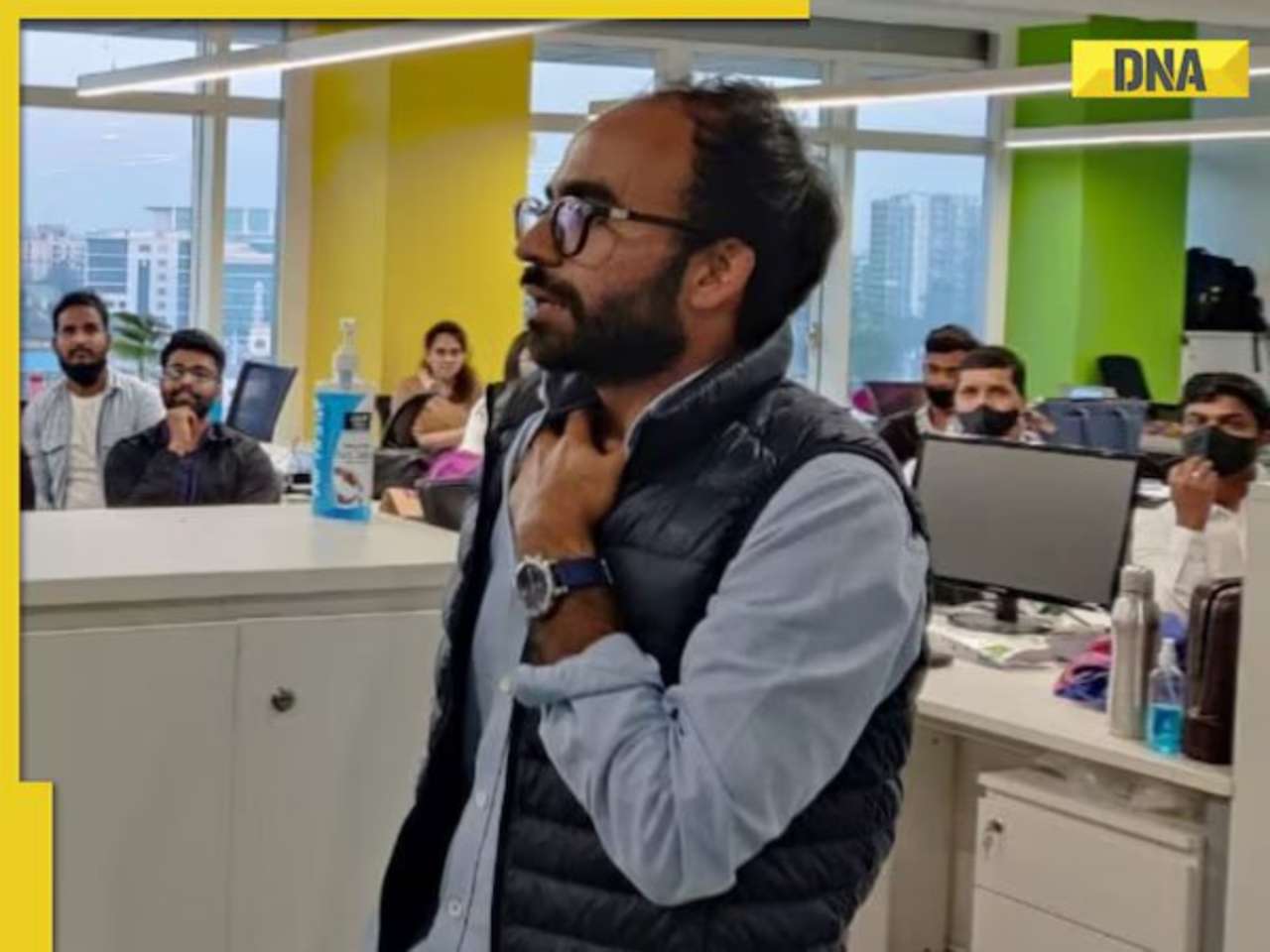

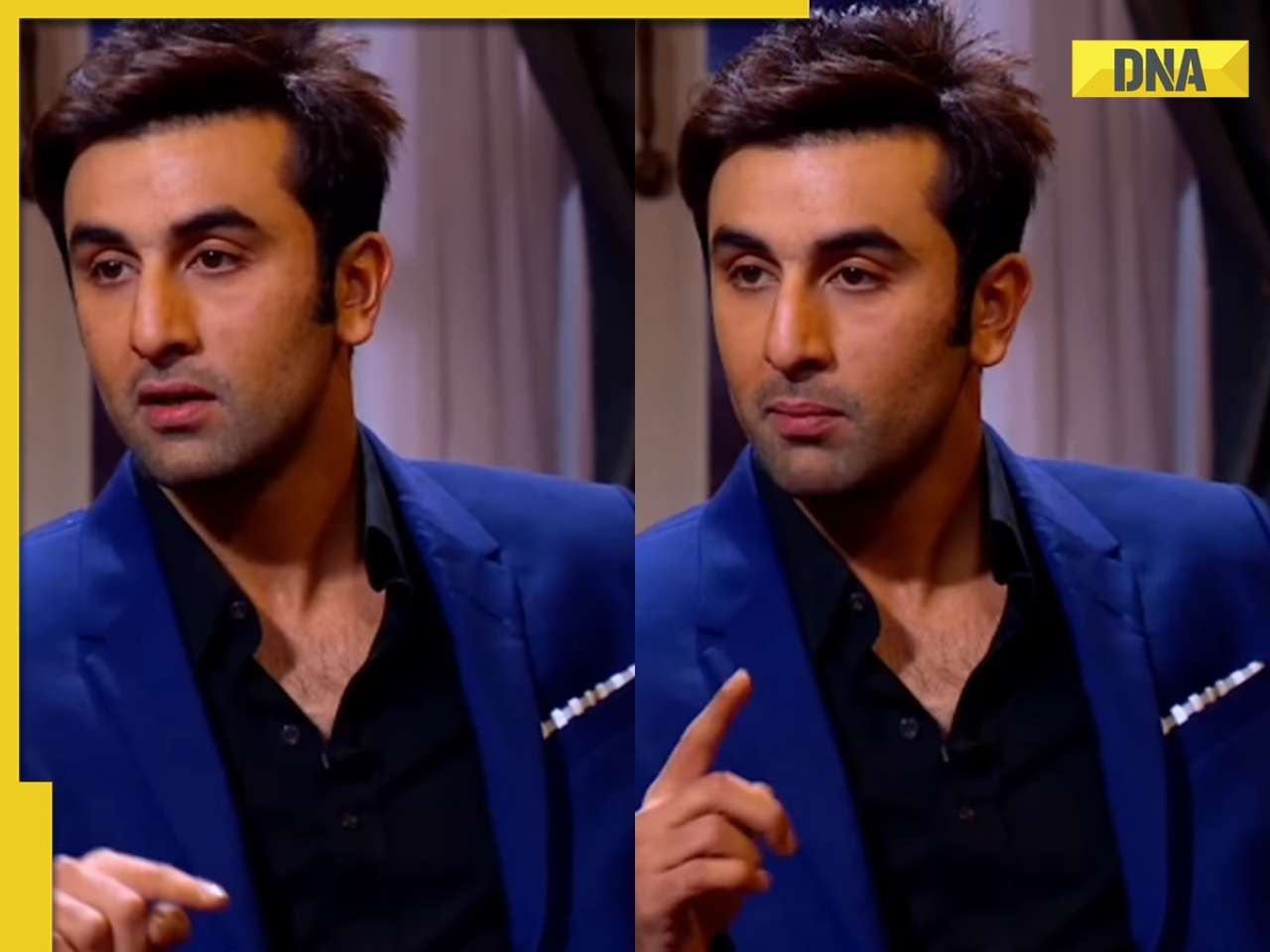

























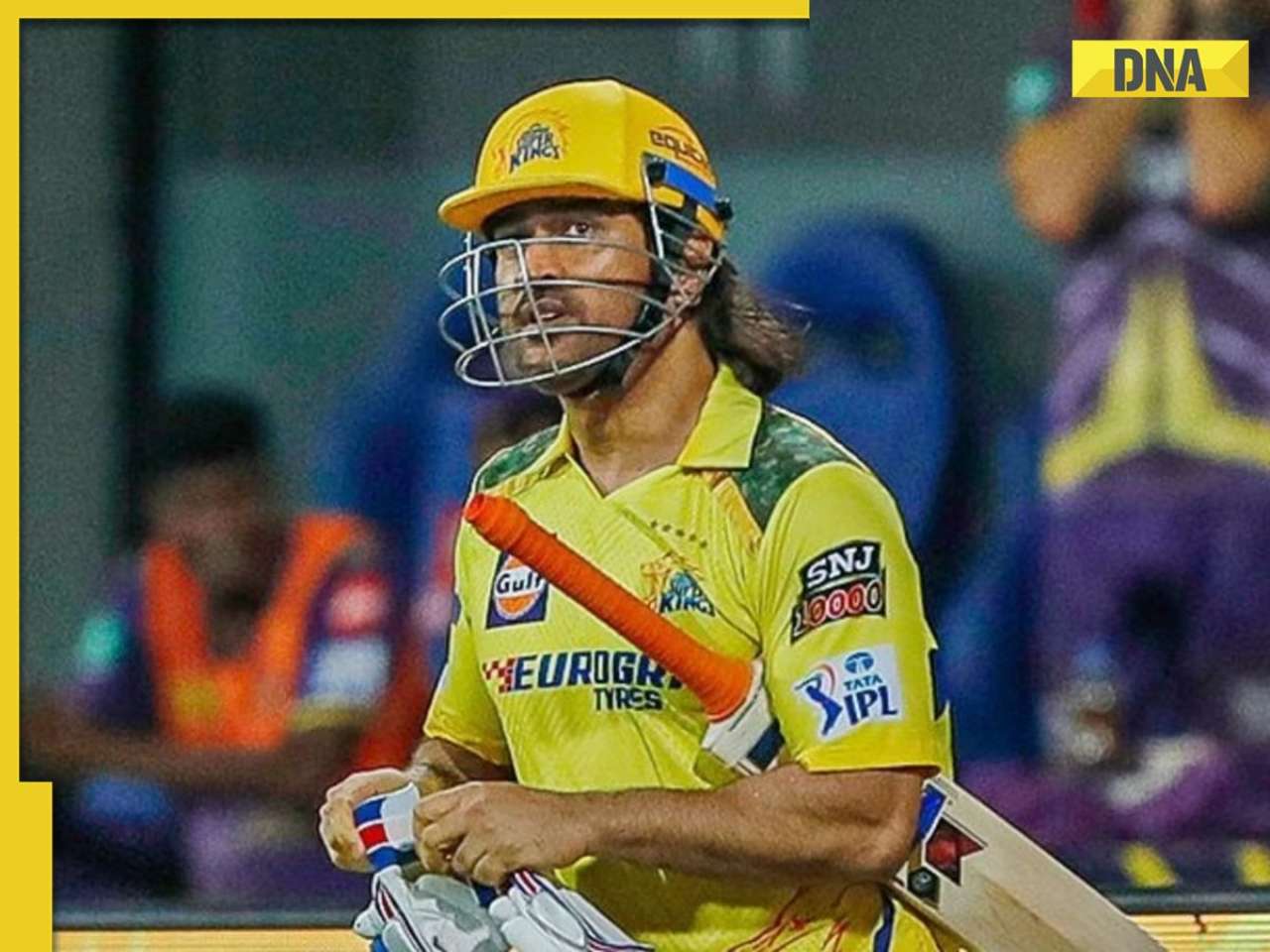
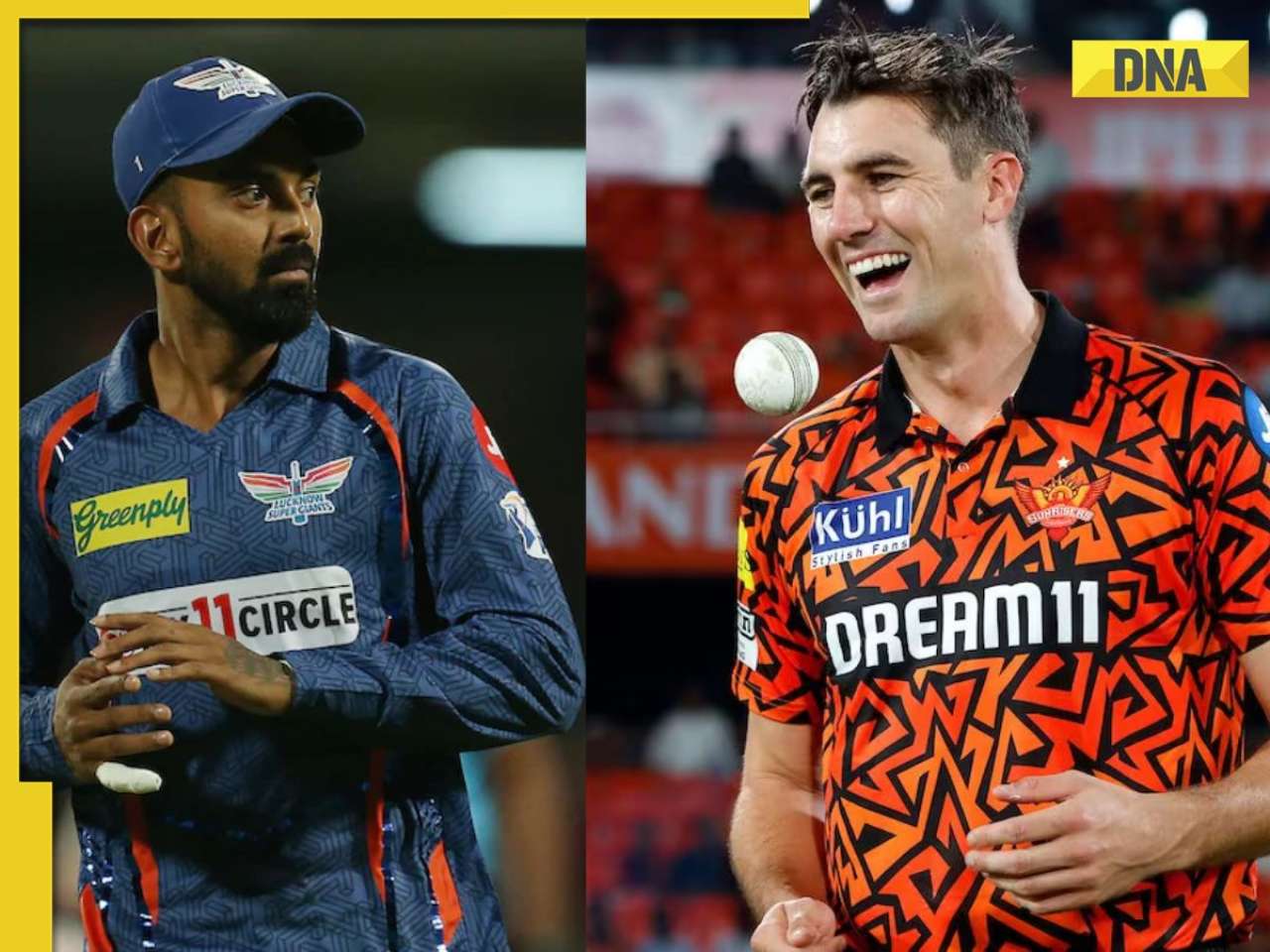
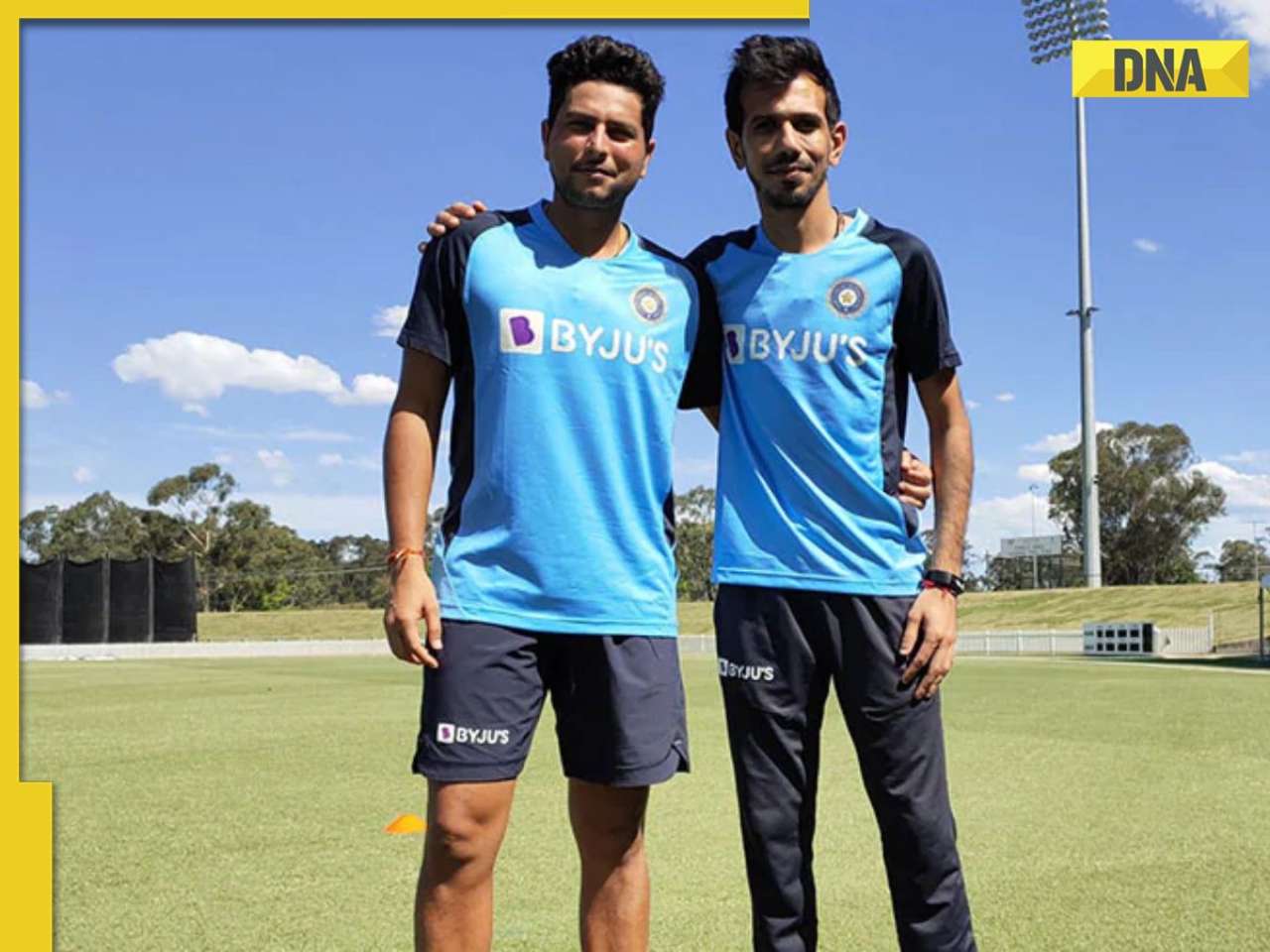






)









)
)
)
)
)
)